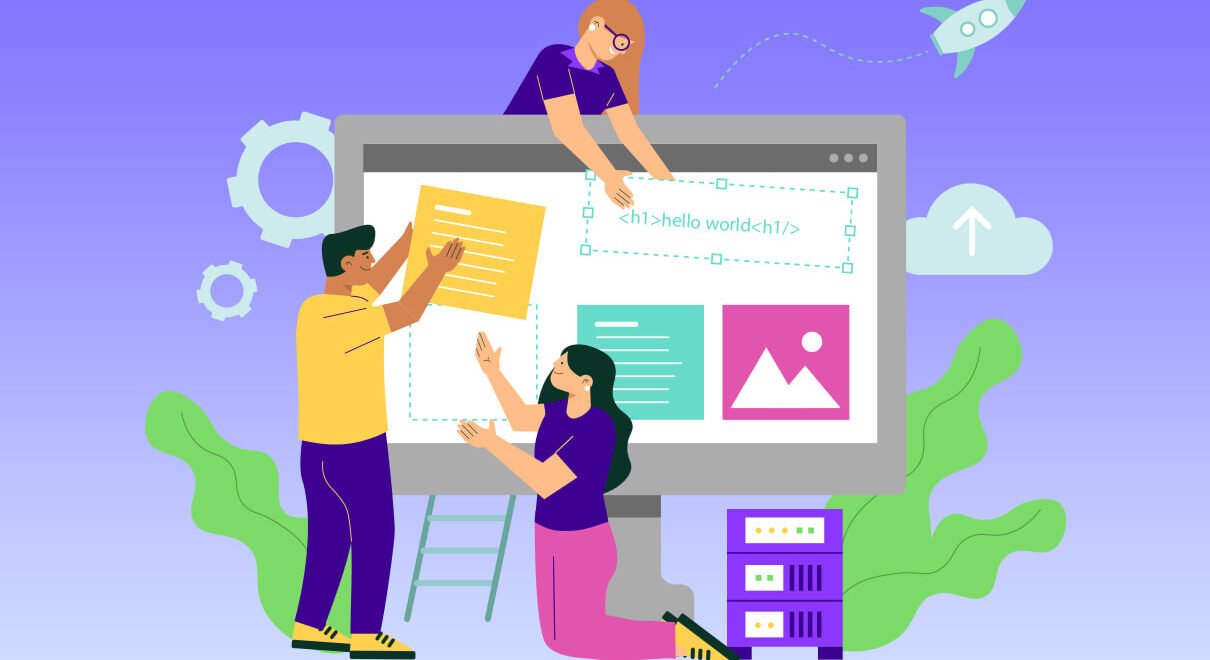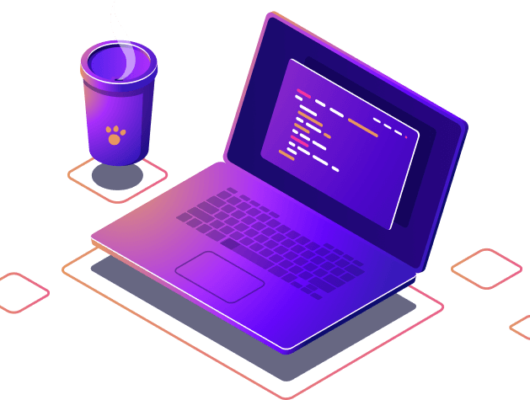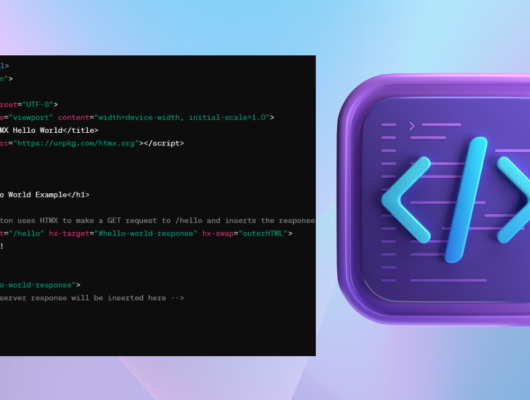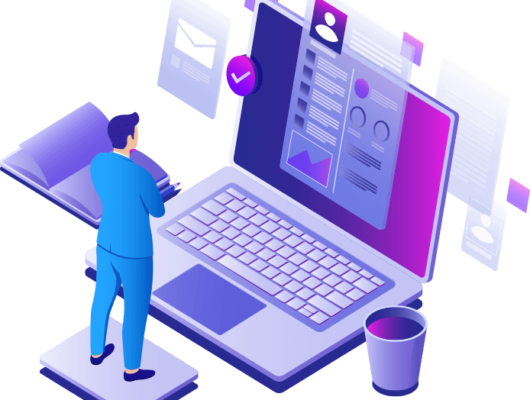Choosing the appropriate platform for device management and back-end development is crucial for the success of any digital project in the fast-changing technology landscape. The choice of platform can have a substantial impact on the efficiency, scalability, and overall performance of your project, whether you are designing a mobile application, managing IoT devices, or putting up an enterprise-level system. Here’s a guide to help you make an informed decision.
1. Understanding Your Requirements
- Evaluation of Your Needs
- Understand the scale and complexity of your project. A small-scale project might not need an extensive platform with numerous features.
- Compatibility of Devices: Determine which varieties of devices you will be managing. Consider the variety and capabilities of the devices utilised in IoT initiatives.
- Data Handling: Compute an approximation of the volume of data that will be processed by the application. This comprises device metrics, user data, and any other pertinent information.
2. Evaluating Platform Features
- Crucial Aspects to Consider
- Select a scalable platform that can accommodate the expansion of your project. It ought to be able to withstand increased burdens with minimal modification.
- Prioritise platforms that possess strong security features, particularly when dealing with sensitive information.
- Capabilities for Integration: For operations to run smoothly, the capacity to integrate with other tools and systems is vital.
- User Interface: An back-end management interface that is intuitive to use can reduce errors and save time.
Choosing the correct platform for managing devices and developing back-ends isn’t only about satisfying current demands; it’s also about looking forward to future growth and embracing technological advancements with a safe and scalable solution.
Elementary Technical Factors
- Stack of Technologies and Compatibility
- It is imperative to verify that the platform provides support for the programming languages in which your team possesses expertise.
- Database Management: In the case of a project involving substantial data manipulation, it is advisable to contemplate platforms that provide streamlined approaches for managing database operations.
- Consider platforms that offer extensive API support in order to facilitate the integration of these platforms with additional services.
4. Cost and Resource Management
- Budget and Performance in Balance
- Analyse the cost-effectiveness of various platforms by comparing their initial installation and ongoing maintenance expenses.
- Usage of Resources: Take into account the resources necessary for the platform’s administration. This comprises the necessary hardware and personnel to manage the platform.
5. Vendor Reputation and Assistance in Selecting a Trustworthy Partner
- Vendor Reputation: Conduct market research on the platform provider’s standing. Consider reading case studies and reviews.
- Support Services: Assess the quality of assistance provided. Excellent customer service can be indispensable, particularly during times of crisis.
6. Bolstering Your Decision with Long-Term Sustainability in Mind
- Updates and Upgrades: In order to stay abreast of technological developments, choose a platform that undergoes frequent updates.
- Adaptability to Changes: Guarantee that the platform possesses the capability to accommodate forthcoming technological advancements and business demands.
7. Trial and Testing to Confirm the Suitability of the Platform
- Free Trials and Demos: Utilize free trials to test the platform’s capabilities and compatibility with your project.
- Feedback from Development Team: Include your development team in the decision-making process. Their hands-on experience is invaluable.
Conclusion
It’s not easy to pick the right platform for device management and back-end development. You need to think about your project’s unique needs, the platform’s features and capabilities, and how it can grow and change in the future. You can choose a platform that not only meets your current needs but also helps you succeed in the ever-changing world of technology if you carefully consider your options and make sure they fit with your project goals.






